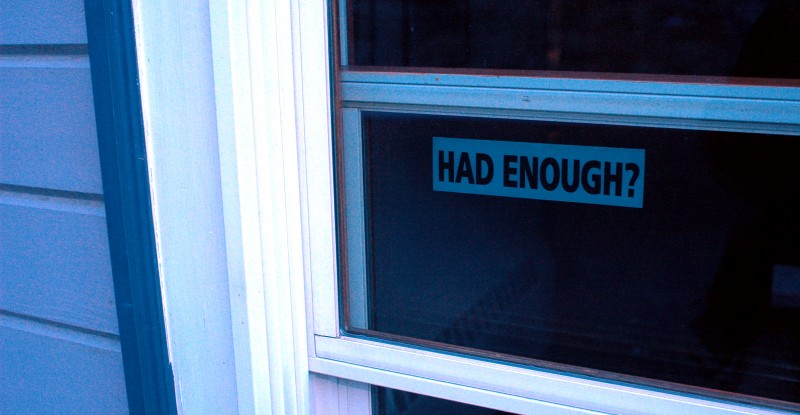First published in The Sunday Telegraph
Most people who have double-glazed replacement windows fitted to their homes do so under the impression that they will last till the end of their days. Unfortunately this is often not the case. Sealed double-glazed units have a limited life-span, and the seal will eventually fail, resulting in misting-up between the two panes of glass. In the highest-quality installations this may not happen for 30 years. Some experts say 20 years is a reasonable life expectancy. But poorly- installed windows can fail much sooner – sometimes within a year – which can come as quite a shock to people who swallowed the sales pitch that their new windows would be maintenance- free forever.
The sales techniques used to flog double glazing are much the same as those for any other building gimmick, except that double glazing is now apparently approved by the World’s leaders. The Kyoto accord on reducing carbon emissions committed nations to cutting down fuel consumption, and the British government is amongst those concentrating on reducing home heating energy in order to reach their Kyoto targets.
The only problem is, double glazing requires energy to manufacture and install, and the pay-back period, in terms of both energy and money, is very long. Taking the average British home, and replacing its existing windows with new double-glazed units, it would probably take around one hundred years of reduced heating bills to cover the cost of the installation. So the salesman who recently persuaded a 95- year-old man that new windows would save him money in the long run surely deserves some kind of award.
In any case, there is no way that new sealed double-glazed units are going to last 100 years. They are doomed to eventually fail because of the way they are made. The two panes of glass are joined at the edge with a polymer compound, which by its very nature is slightly vapour-permeable – ie it will always allow a small amount of water vapour to enter from outside. So to keep the glass from misting up, each double- glazed unit also incorporates a desiccant – a drying agent – housed within a perforated alloy strip running around the edge. This desiccant absorbs the invading moisture and prevents misting. But eventually there will come a day when it can absorb no more. It will be saturated, and then there will be free water between the panes, which will form as mist on the glass. How long this takes depends upon the quality of the materials and workmanship.
In ideal circumstances the sealed glass unit will be mounted in drained and ventilated recesses in the window frames, positioned on special setting blocks, and with spacers at intervals around the edges to support it when the window is opened or subjected to wind loads. But when this is not done, the resulting stresses on the glass can break the seal. Units fitted into timber windows using ordinary putty or oily mastics can also fail quickly, as these dry out the sealant and cause it to crack.
When the seal is broken, any water collecting at the bottom edge of the glass will find its way through and saturate the desiccant. And once these double glazed units mist up inside there is nothing – but nothing – that can be done to remedy it.. Thousands of windows in hundreds of homes already have this problem, and the numbers are set to grow.
Do the boffin s at the DETR know about this – the ones who are madly promoting the use of replacement double glazing in existing buildings? I very much doubt it.




